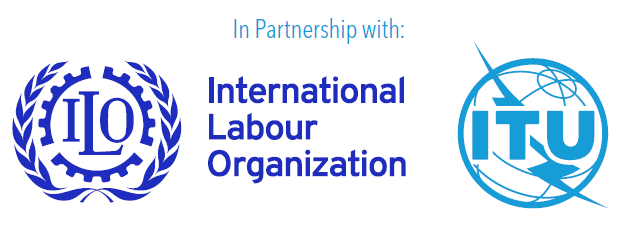Annex 1: Accessible online job application and recruitment systems in the context of the United Nations Disability Inclusion Strategy
UNDIS is a comprehensive strategy that provides the foundation for sustainable and transformative progress on disability inclusion across all the work of the United Nations system. It establishes the highest levels of commitment and accountability, in addition to a vision on disability inclusion for the United Nations system. Through UNDIS, all United Nations system entities recognize that the full and complete realization of the human rights of all persons with disabilities is an inalienable, integral and indivisible part of all human rights and fundamental freedoms.
UNDIS is the United Nation’s key tool in implementing the global commitment to the CRPD and the 2030 Agenda, by mainstreaming the inclusion of persons with disabilities into all areas of United Nation action in a systematic, coherent and unified manner.
The UNDIS Entity Accountability Framework covers the main organizational functions (including hiring practices, accessibility and reasonable accommodation) and includes indicators to monitor progress on disability inclusion across United Nations entities in a clear and impactful manner.
How can accessible online job application and recruitment systems contribute to the successful achievement of UNDIS? The accessibility of ICTs (including websites) has been one of the key demands from the disability rights movement with a view to advancing disability inclusion and the implementation of UNDIS.
In the context of the recovery from the coronavirus disease (COVID-19) pandemic, digital inclusion has become even more relevant; teleworking has become widespread, having become the norm rather than the exception. In this scenario, communication platforms that have become mainstream must be made fully accessible, and employees with disabilities must be provided with the reasonable accommodations that they require to work from home.
The accessibility of ICT products and services required to contribute to the full inclusion of persons with disabilities must be implemented from the design stage by applying universal design. This is beneficial not just for persons with disabilities, but for a much larger audience.
Web accessibility is also essential as organizations are increasingly using online recruitment platforms during the talent search, interviewing and hiring processes, especially in the context of the pandemic.
Key indicators of the UNDIS Entity Accountability Framework:
For the purposes of this guide, the UNDIS Entity Accountability Framework includes two key indicators of particular interest:
Indicator 6: Accessibility
An entity is considered to:
| a | approach requirements if a baseline assessment on accessibility is complete; |
| b | meet requirements if an accessibility policy/strategy is in place and has been implemented; |
| c | exceed requirements if: |
| i. | an accessibility policy/strategy is in place and has been implemented; | |
| ii. | a review/assessment of the policy/strategy is undertaken at least every five years. |
Indicator 13: Employment
An entity is considered to:
| a | approach requirements if employment policy/strategy and other human resources-related policies/strategies include provisions to attract, recruit, retain and promote the career development of employees with disabilities; |
| b | meet requirements if: |
| i. | its employment policy/strategy and other human resources-related policies/strategies include provisions to attract, recruit, retain and promote the career development of employees with disabilities; | |
| ii. | its employees with disabilities report satisfaction and well-being at a level similar to that of the general staff body; |
| c | exceed requirements if: |
| i. | employment policy/strategy and other human resources-related policies/strategies include provisions to attract, recruit, retain and promote the career development of employees with disabilities; | |
| ii. | employees with disabilities report satisfaction and well-being at a level similar to that of the general staff body; | |
| iii. | the number of persons with disabilities entering the organization through targeted or mainstream recruitment practices has increased. |

